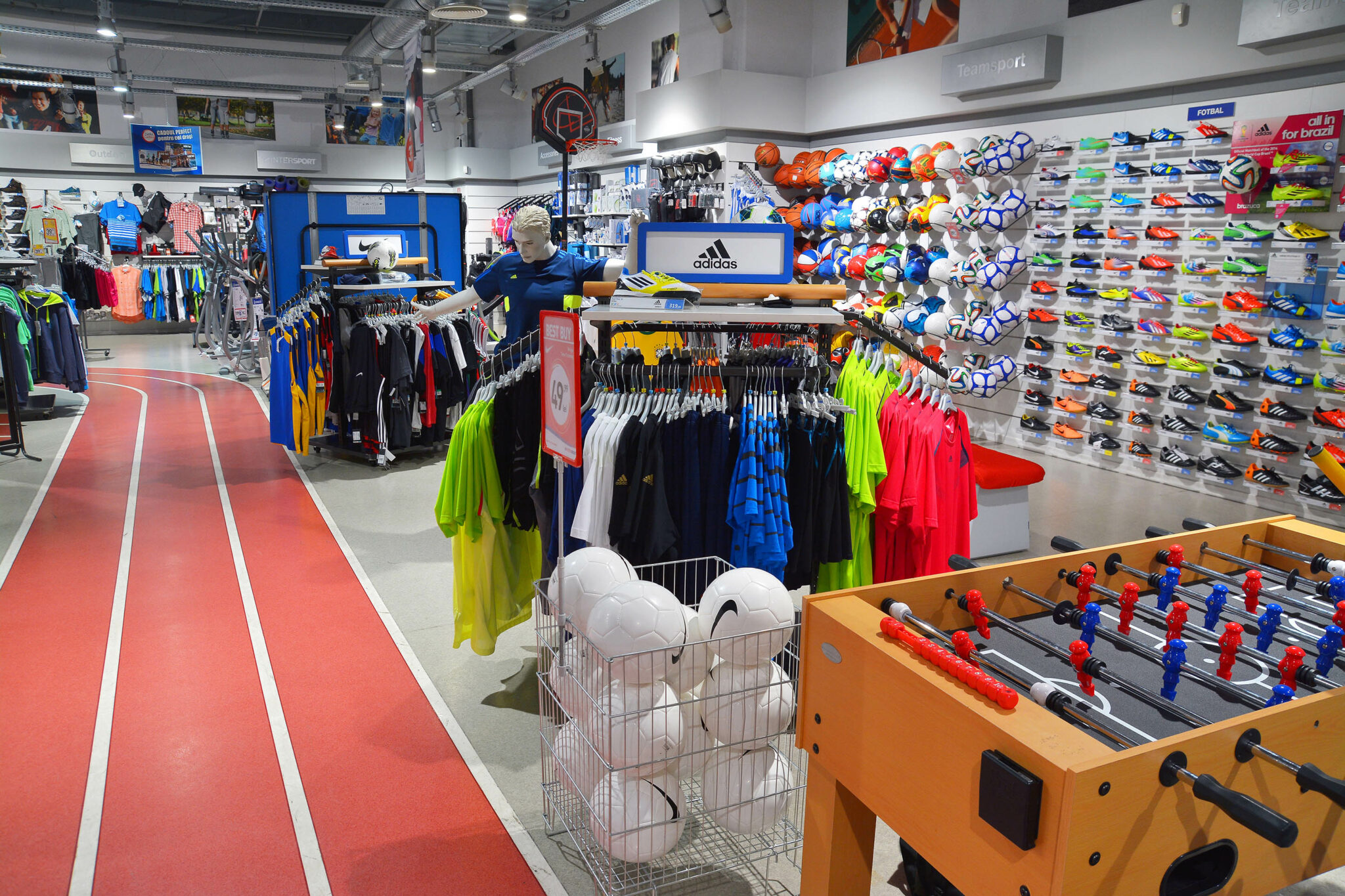
From ping pong balls to skis, from skipping rope to fitness equipment, the new sports and leisure collection and recycling sector, launched early this year, has a year to focus on.
“We try to turn it into furniture,” smiles Mathilde Nigoul, pointing to a corner of the space occupied by La Recyclerie sportive, in the 17th arrondissement of Paris. If you look closely, two skis actually act as clothes racks.
This material is one of the most difficult materials to recycle and tends to quickly build up stocks in this solidarity store specializing in sports, explains the head of communications and online sales.
Founded in 2015, La Recyclerie sportive has expanded to include a handful of stores in France. The managers shared their experiences during consultations about the design of the new sector.
They are collected from specialized sports stores, through partnerships and donations from citizens. “In sports equipment, most things are quite reusable, they are pretty solid objects. We have reuse rates of around 60.70% of the material we manage to collect,” explains Marc Bultez, founder of Sports Recyclerie.
Producer Responsibility
Sports and leisure items are one of three new collection and reuse channels created at the start of the year, along with DIY and toys, known as “extended producer responsibility” (REP).
This official launch was followed at the end of January by the approval of the eco-organization Ecologic, to organize the sector. However, in sports shops, collection bins are not expected until January 2023.
“It takes a year to install the circuits and then there is also a lot of information and awareness work for our members, all points of sale, etc., before even the general public is educated,” explains Virgile Caillet, General Representative of Union Sport & Cycle, which represents the largest distributors on the market.
“We can exchange, buy back a product, return used products, and then the eco-organization has to do some sorting, between second-hand or what needs to be recycled or repaired. The goal, of course, is to have a minimum of burial and incineration,” he continued.
According to Ademe, about 100,000 tons of sports and leisure articles, including 30,000 tons of bicycles (bicycles, scooters, skateboards, etc.) and nearly 70,000 tons of other articles (snowshoes, balls, skis, kayaks, etc.) the bulky waste or at the recycling center.
The official decree sets the target that by 2027 a quarter of the cycles will be collected and that 62% of this, if not reused, will be recycled. For other products intended for sports, the targets are 35% and 50%.
It is a sector that already benefits from many recycling initiatives, emphasizes Alice Elfassi of the Zero Waste France organisation. For example, athletics, fencing, or tennis federations have programs that focus on reusing equipment or offering second-hand purchases. Big brands, like Decathlon, also appreciate the opportunity. Not to mention local initiatives.
Objectives that ask
“Experiments” are being conducted in the field of recycling, Virgile Caillet reports. “We have identified good practices for reclaiming stand-up paddleboards, to make aggregate that is reusable,” he explains to AFP. Other initiatives relate to skiing or cycling.
However, the stated objectives leave Marc Bultez a bit skeptical. “They wanted a REP that was fairly focused on repairs, reuse. We’re having a little trouble translating that to what we see happening through accreditation in retrospect, because it’s not necessarily the support rates that allow us to spend time maintaining the equipment,” he laments.
According to the Ministry of Ecological Transition, almost 100 million euros is allocated to the sector every year. One of the main objectives is also to develop eco-design, through a bonus-sanction system for manufacturers in the financial contribution paid to the eco-organization. The “repair fund” is expected in the second half.
(AFP)